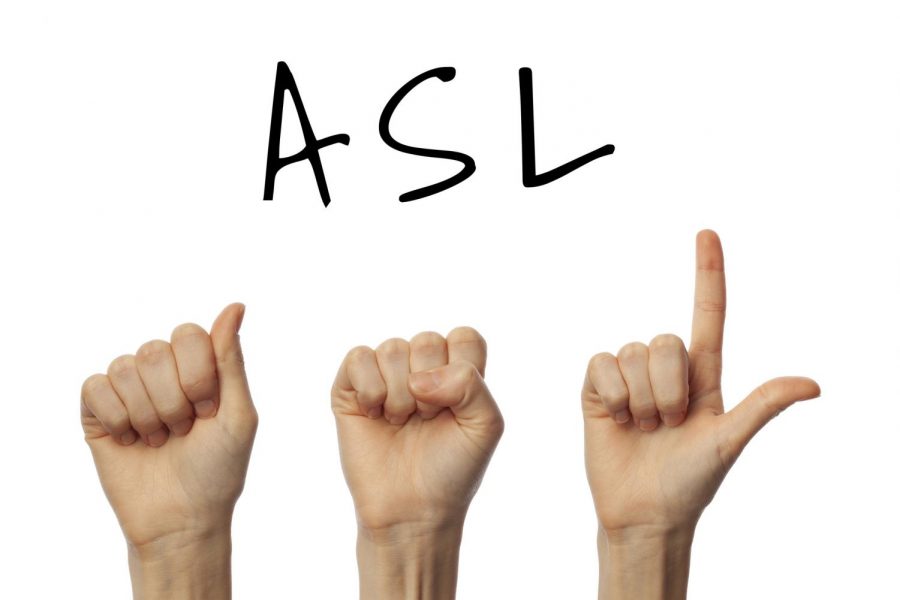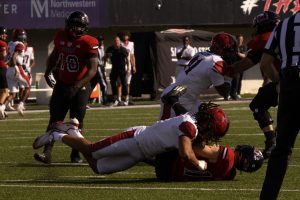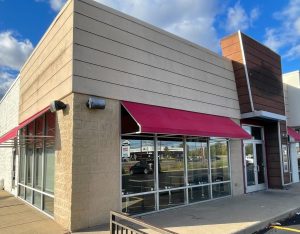American Sign Language should be taught in more schools
November 12, 2021
Learning American Sign Language has benefits that extend far beyond the individual taking the class. Because learning how to sign can have such a tremendous impact, more high schools should offer ASL classes.
“ASL is its own very beautiful, expressive language with its own distinct rules for pronunciation, word formation, and sentence structures,” said Logan Arvigo, president of Signing Huskies ASL club.
In 2010, the Illinois General Assembly recognized American Sign Language as the official language of the American Deaf Community and authorized schools to offer ASL and accept it as credit toward foreign language requirements.
However, many high schools still don’t offer ASL courses, despite it being the fifth-most used language in the United States.
Even at an introductory level, learning how to sign can help break down the communication barrier between the Deaf and hearing.
About 35 million people in the United States experience some degree of hearing trouble. It’s extremely likely that a hearing person will someday interact with someone that does not hear.
In situations where a hearing person doesn’t know how to sign, someone who is Deaf will likely rely on lip reading. It’s estimated that only 30-40% of speech sounds can be accurately lip read in the best conditions.
If someone does not hear, why force them to accommodate you by verbally speaking to them rather than attempting to accommodate them?
Teaching ASL in schools would not only benefit communication but would also reduce the stigma surrounding the hearing impaired.
Even those who don’t wish to become fluent in the language can benefit from these classes by learning about the Deaf community.
Hearing people may not realize that the community has its own culture. An important part of respecting someone’s culture is taking the time to understand it.
More than 90% of Deaf children have hearing parents. If parents have no prior knowledge of the Deaf community, they are more likely to focus on ways to bring their child into the hearing world rather than embracing their deafness.
Hearing parents will often turn to lip reading, speech therapy and cochlear implants for their Deaf children.
Cochlear implants are highly controversial in the Deaf community because they are often viewed as a miracle cure for deafness. Deafness is not something that needs to be fixed.
These implants are merely a tool that can take years to function at full potential. Even then, cochlear implants never restore full hearing.
Instead, hearing parents should immerse themselves and their children in ASL and build ties within the Deaf community.
Arvigo said that one of the best ways to facilitate this is to bring that knowledge into the hearing community.
Offering more ASL classes in high schools would benefit our current generation by breaking down the stigma attached to hearing loss. It will also prepare the future generations to make better decisions when it comes to their Deaf children.
“The only way we’re going to see a wider cultural acceptance from the hearing community is to make efforts towards bringing education about the subject into our public curriculum,” Arvigo said.
Everyone interested in learning more about American Sign Language is welcome to join the Signing Huskies ASL Club, which is dedicated to breaking down barriers between the Deaf and hearing communities. More information can be found on their Facebook.







